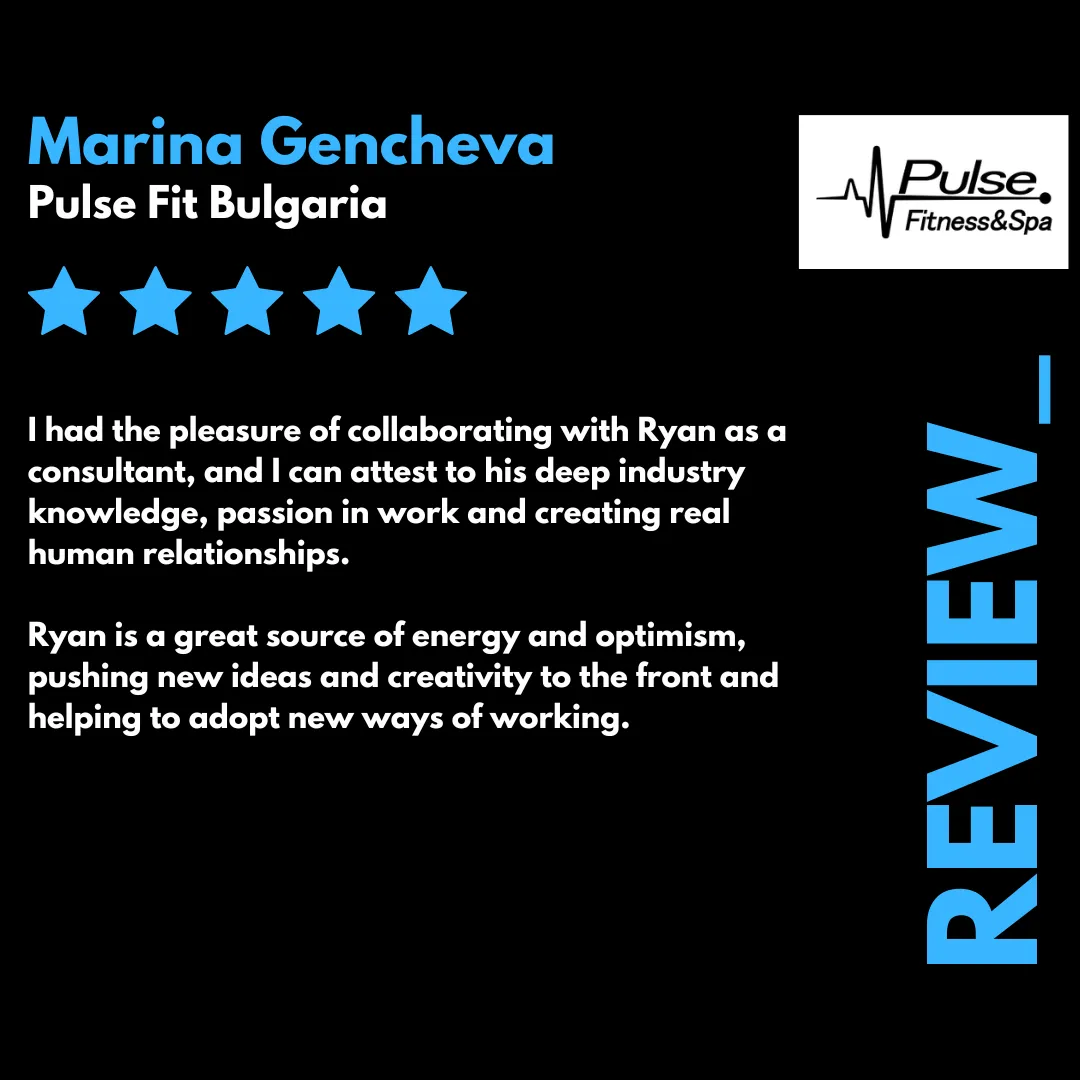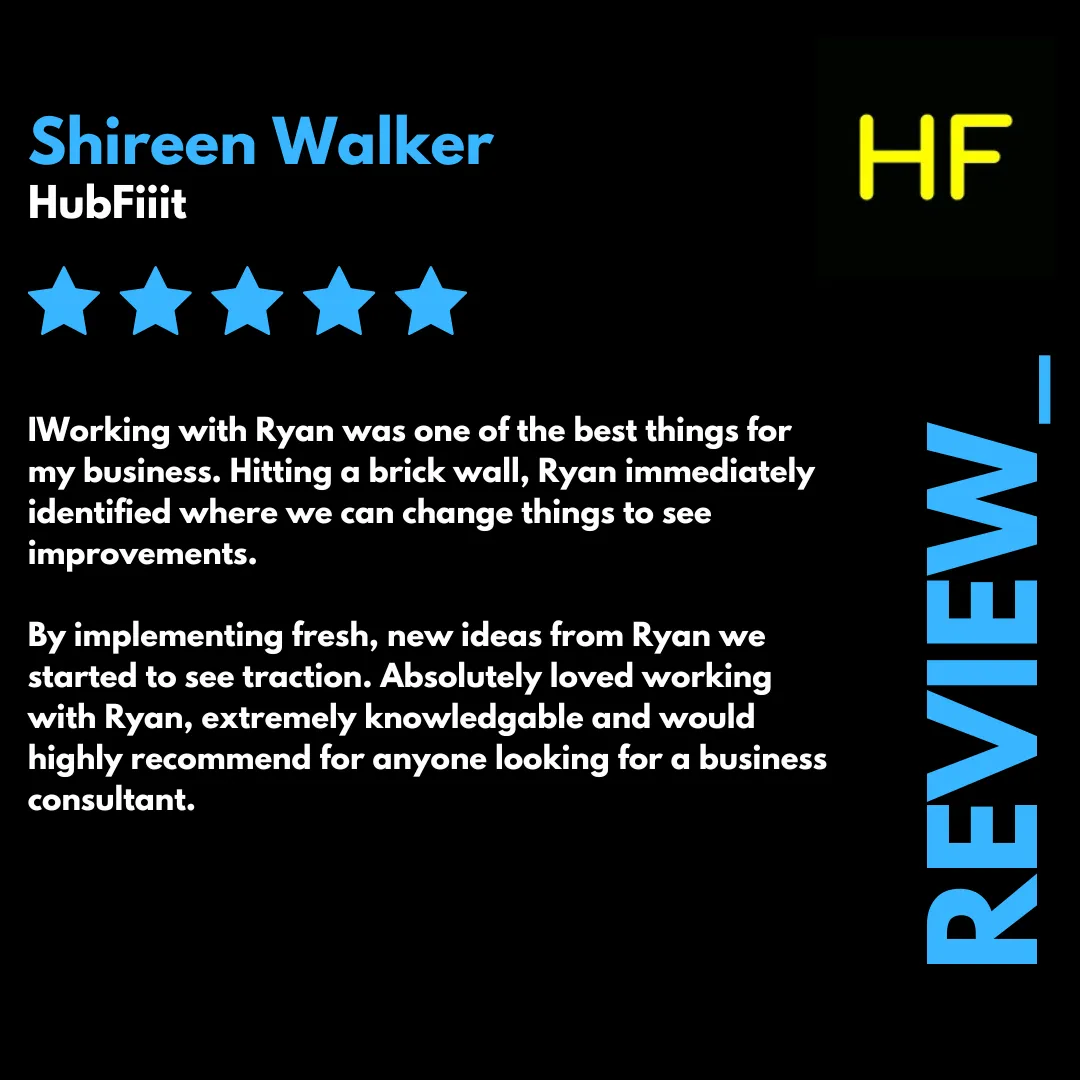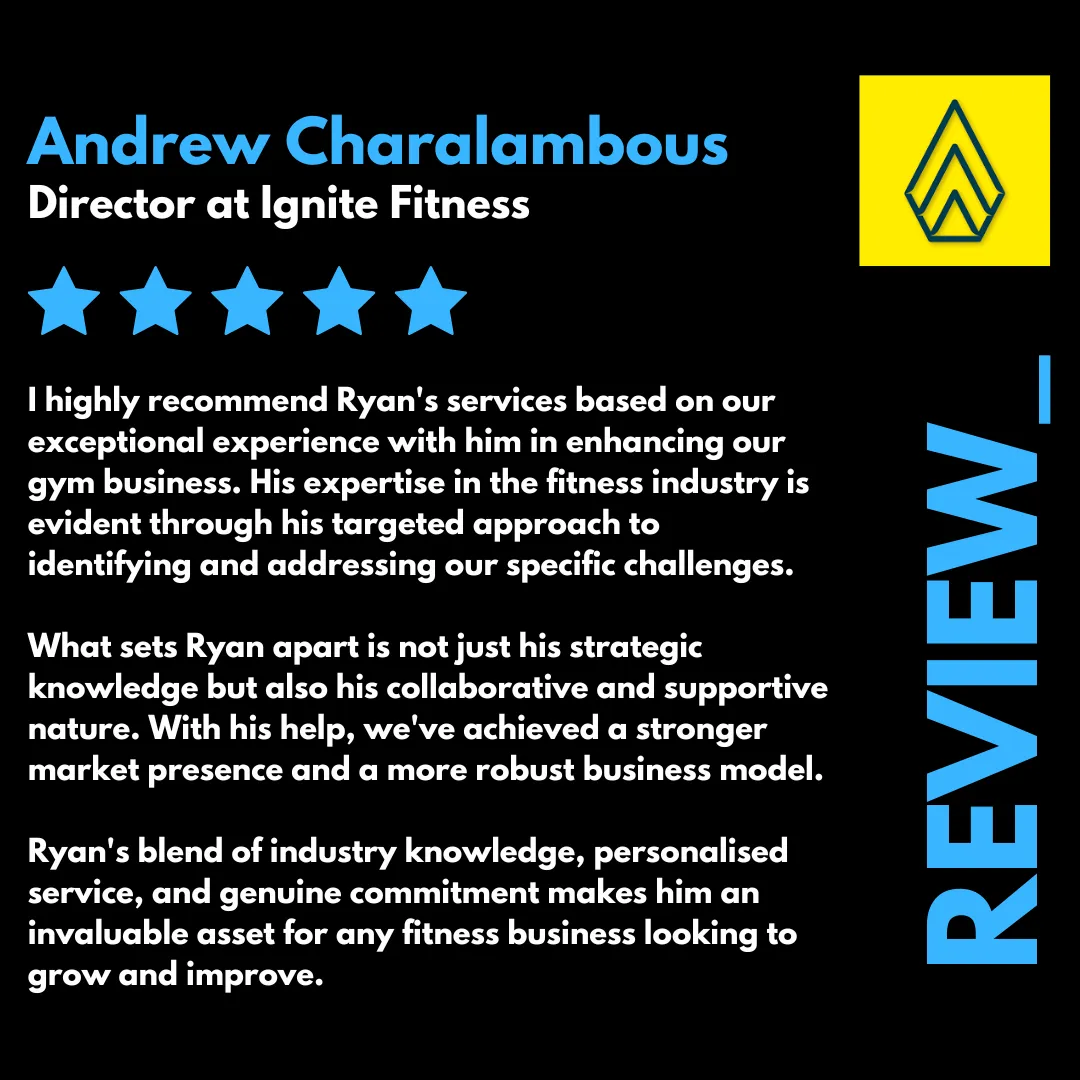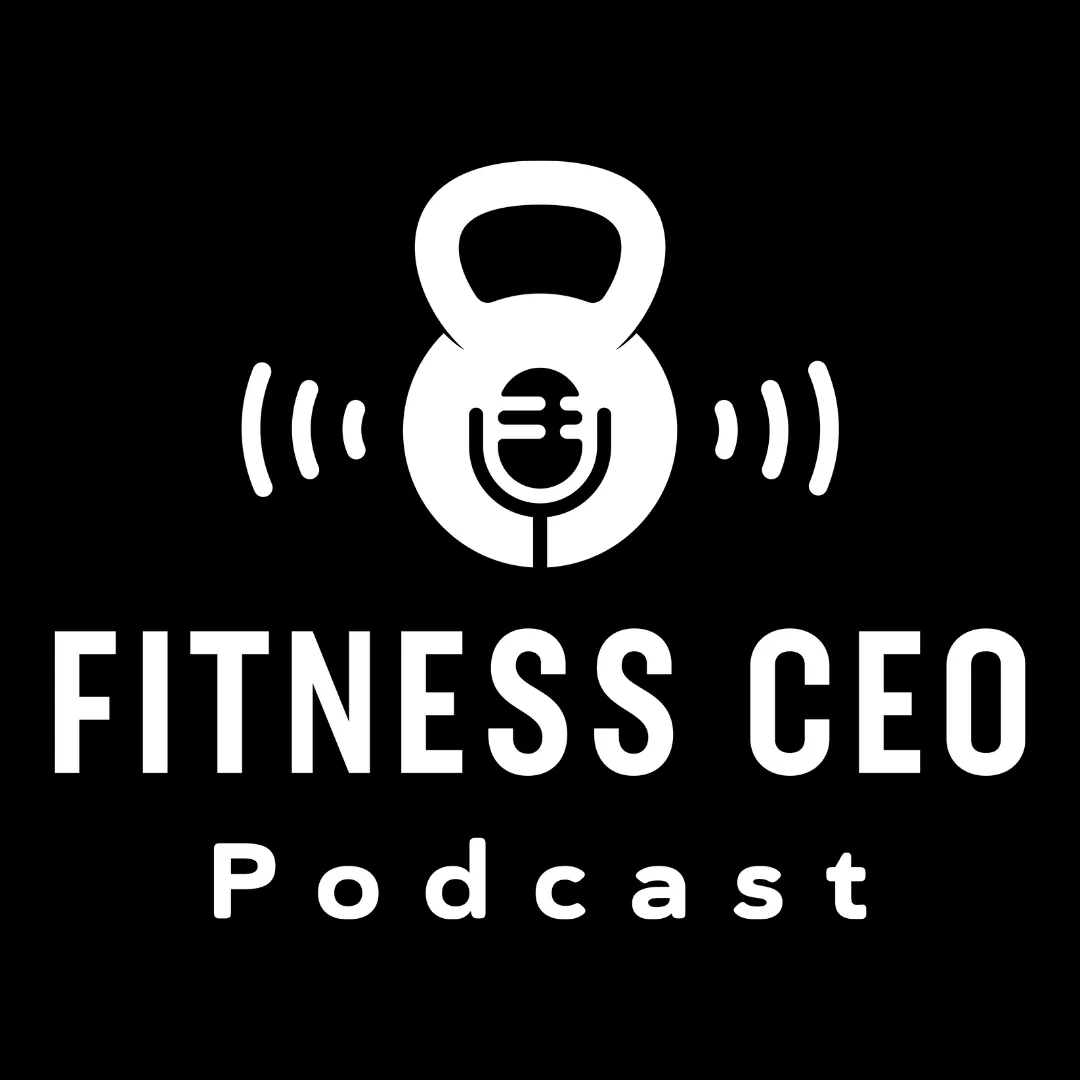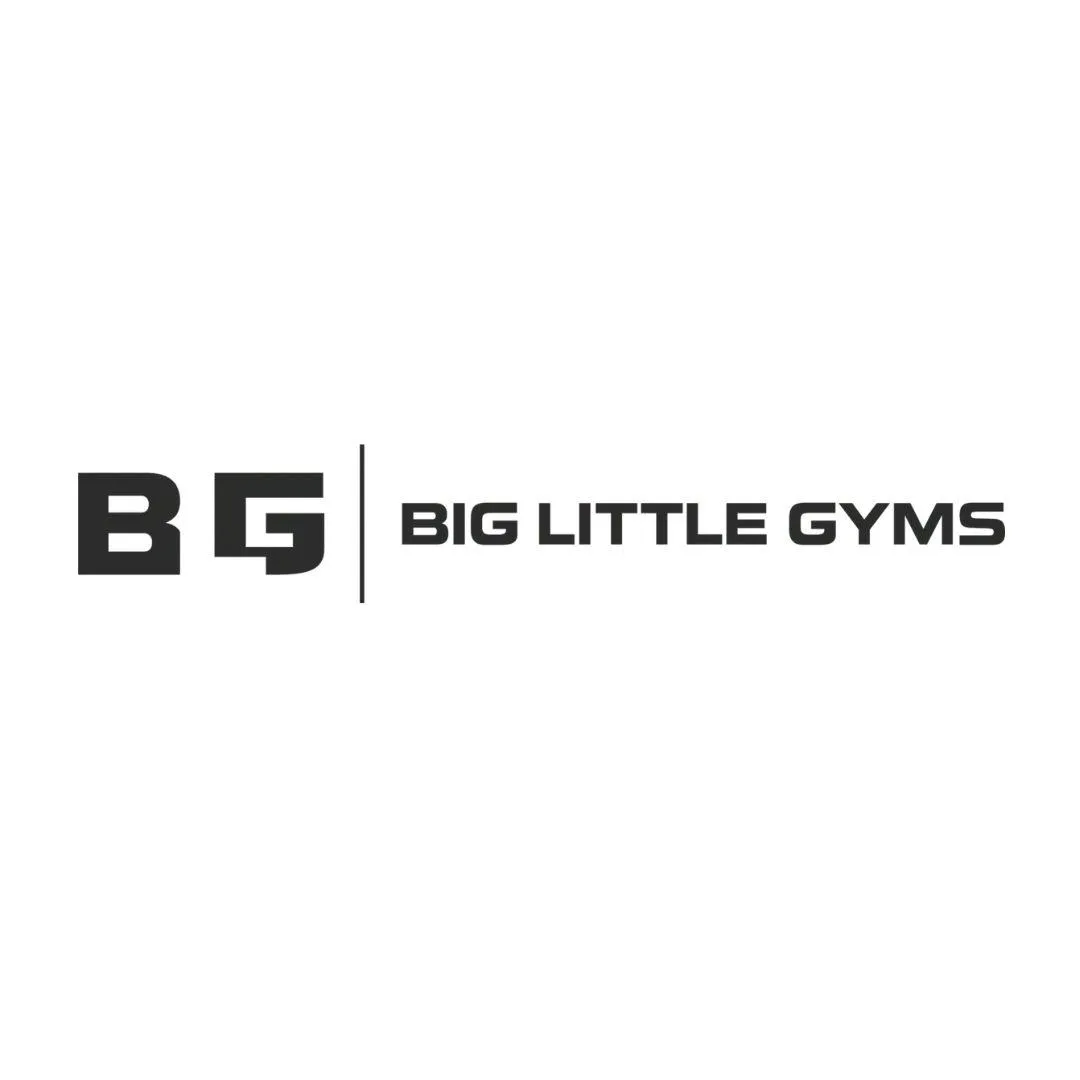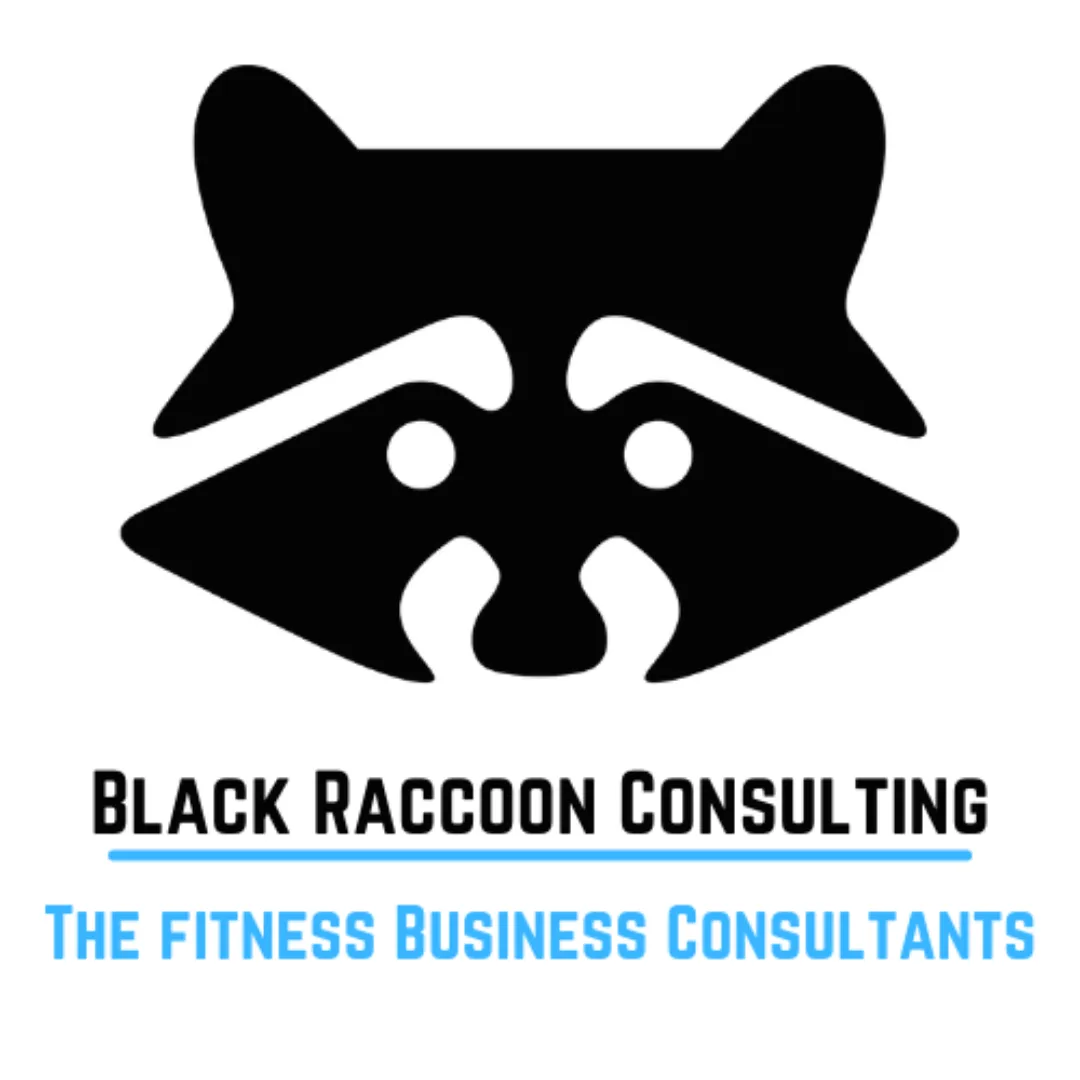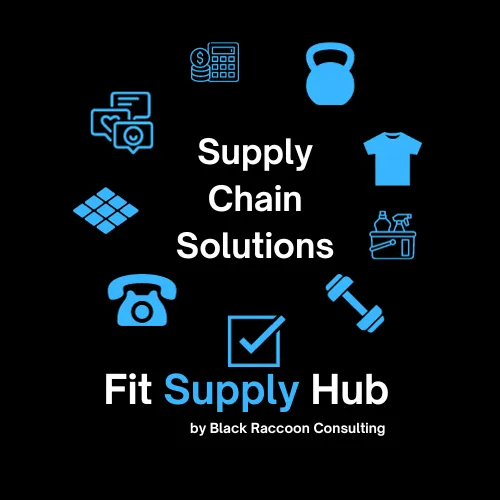
Blogs, News, Links & Podcasts
Read our latest newsletter and blogs and see links to industry information, blogs and Podcasts
Our Free Download Catelogue

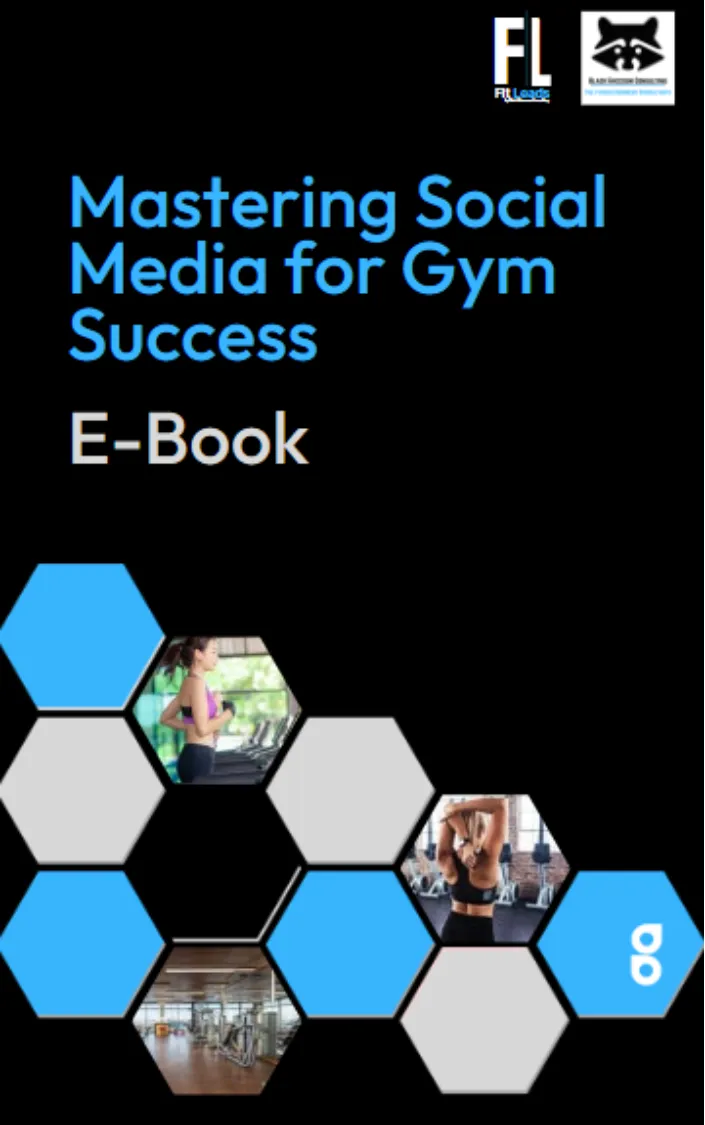

Read our Blog Articles.
Read our thoughts on a range of topics from how best to run your facility to industry updates and developments
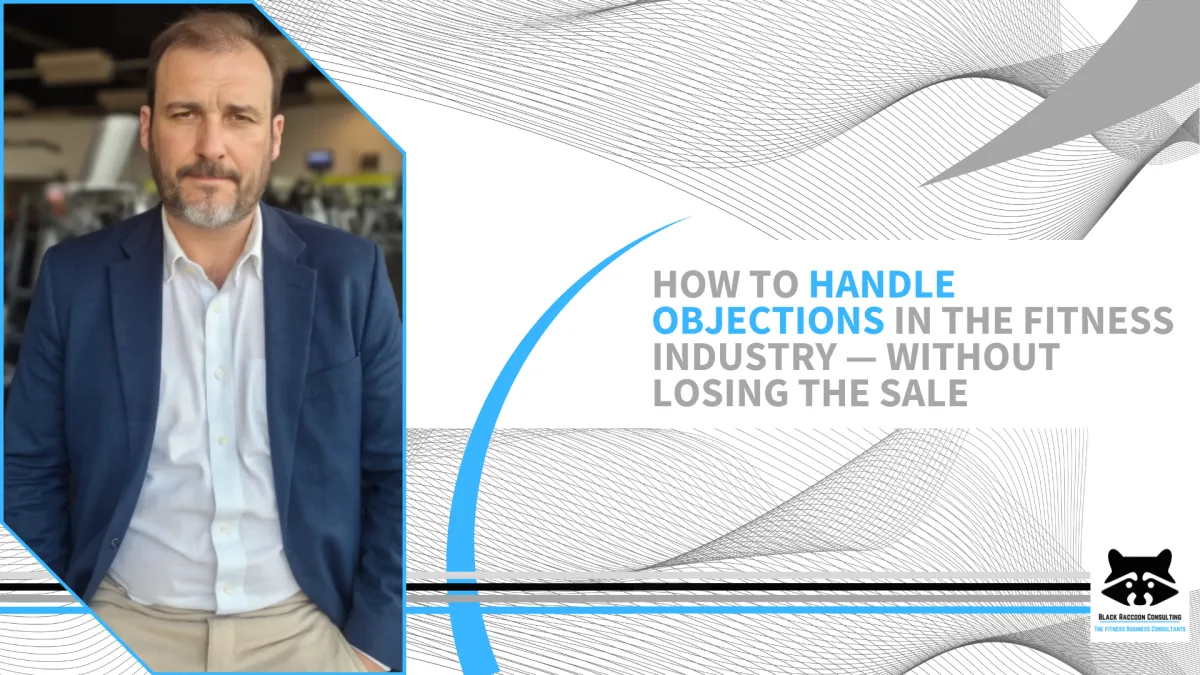
What Gyms and Fitness Businesses Can Learn from the Hotel Industry
What Gyms and Fitness Businesses Can Learn from the Hotel Industry
For decades, the hotel industry has led the way in operational excellence, guest satisfaction, and service strategy. Whether you walk into a luxury five-star resort or a mid-market business hotel, what you often experience is a highly trained team, defined service standards, seamless processes, and a sharp focus on profitability across multiple departments. Meanwhile, many gyms and fitness businesses, though customer-facing and service-driven by nature, continue to run with looser frameworks, reactive management styles, and inconsistent service delivery.
So, the question is this: What can the fitness industry learn from hotels — and why haven’t we adopted more of their best practices already?
In this article, we explore what gyms can take from the world of hospitality, drawing particularly from lessons learned in major global brands like Marriott. The goal? To show that fitness clubs can — and should — be held to the same standard of service, operational discipline, and cultural excellence as world-class hotels.
Service Standards That Set the Bar
The hotel industry thrives on its ability to deliver exceptional service — consistently. Whether a guest is checking in at 1 p.m. in London or 2 a.m. in Dubai, they expect a warm welcome, attention to detail, and the assurance that every interaction will meet a brand standard. These service standards are not just hoped for; they are designed, trained, and audited relentlessly.
Gyms often talk about being “friendly” or “welcoming,” but very few have formalised service expectations across their teams. Rarely do they map out how members should be greeted, supported, followed up with, or celebrated. Yet in hotels, this is fundamental. Every touchpoint — from how guests are addressed by name to how complaints are resolved — is systemised.
In fitness, we have just as many — if not more — member touchpoints: joining, onboarding, check-ins, class interactions, PT consultations, cancellations, feedback, and referrals. These moments matter. If gyms treated these interactions with the same level of training and consistency as hotels do their guest experience, member satisfaction and retention would undoubtedly rise. Service is not something that should depend on who’s on shift — it should be an embedded culture.
Mastering Complaints and Feedback Loops
Hotels understand that complaints are not nuisances — they’re opportunities. When something goes wrong, top hotels are trained to respond with empathy, speed, and a clear process. The best guest service recovery models include listening without defensiveness, offering timely resolution, and following up afterwards to close the loop.
Marriott, for example, has long used a philosophy of “brilliant hosting” — the idea that guests don’t remember what went wrong, but how it was handled. Feedback isn’t optional; it’s embedded into every function. From post-stay surveys to real-time service buttons at M-Beta Hotel in Charlotte (where guests push physical buttons to give feedback in the moment), hotels proactively seek ways to improve.
Gyms, on the other hand, often avoid complaints or fail to track them. Member issues go unrecorded, feedback is not centralised, and problems are sometimes dismissed unless they’re catastrophic. What if fitness clubs embraced complaints as data? What if feedback was welcomed, responded to publicly, and used to improve processes weekly, not annually?
Celebrating Teams and Building Culture
One of the most overlooked but powerful tools in the hotel industry is the way it celebrates its people. Marriott’s annual Associate Appreciation Week is a global celebration across all properties — with themed days, staff recognition events, and public appreciation from management. It’s not fluff. It’s culture-building.
These initiatives increase morale, loyalty, and service delivery because staff feel seen and valued. Hotels also provide pathways for development, reward high performers, and create a sense of team pride.
In fitness, where high staff turnover is common and morale can fluctuate, few operators take time to recognise their team. Some gyms don’t even hold team meetings, let alone have appreciation weeks. Imagine the cultural shift if fitness operators ran structured recognition programmes, acknowledged milestones, and created internal champions the way hotels do. Great service starts with great people — and great people need to feel appreciated.
Financial Discipline and Revenue Management
Hotels are multi-departmental businesses. Each area — rooms, F&B, conferencing, spa, leisure — is expected to contribute to the overall profit of the property. Each has its own P&L, targets, and KPIs. Weekly reviews are the norm. Forecasting is constant. Margins are scrutinised, and commercial decisions are made based on data.
Fitness clubs, especially in the independent sector, rarely operate with that level of financial control. Too many gym owners or managers run with a “how much is in the bank this month” mindset. There is often no revenue forecasting, few (if any) department-level reports, and limited understanding of true operating margins. That’s not sustainable.
If gyms managed their financials like hotels — setting departmental targets, analysing performance weekly, and aligning the team around key revenue goals — profitability would increase. Membership sales, PT revenue, class participation, secondary spend — these all deserve regular analysis and action. Professional businesses know their numbers. The fitness industry must step up.
Community Engagement Done Right
Beyond the walls of the property, hotels — particularly brands like Marriott — take pride in community involvement. After Hurricane Katrina, for instance, Marriott not only supported its guests and employees, but also opened its kitchens to feed local residents and turned ballrooms into aid centres. It’s the kind of purposeful action that builds lasting brand loyalty.
This type of community engagement is less common in the gym world, but it shouldn't be. Fitness businesses have a unique position of influence in their communities. Hosting charity classes, supporting local schools, offering free wellness events, or partnering with local healthcare providers are all ways to increase brand visibility and build trust.
More importantly, these actions help position gyms not just as businesses, but as contributors to community wellbeing — something that public health bodies, local councils, and potential members are increasingly valuing.
Lessons in Client Journey Design
Hotels are masters of the guest journey. From pre-arrival email confirmations to personalised room preferences and post-stay thank-yous, the experience is mapped from start to finish. Every step is designed to enhance satisfaction, loyalty, and referrals.
Gyms often overlook this. Many have no clear onboarding process, no structured check-ins, no offboarding protocols, and no member milestones. The experience is left to chance, and consistency is lost.
If a gym applied the hotel mindset to member journeys, we’d see more defined onboarding schedules, regular touchpoints, structured progress reviews, and personalised service based on usage patterns. This is how you turn a 3-month member into a 3-year advocate.
Final Thoughts: We’re Not That Different
Ultimately, the gap between hotels and gyms is not as wide as it seems. Both industries revolve around people, service, and experience. The difference is simply in the structure, training, and culture.
Hotels have spent decades refining service excellence and embedding operational discipline. The fitness industry — still relatively young in comparison — has an incredible opportunity to learn from their playbook.
It’s time to stop thinking of gyms as casual community spaces and start treating them as service-driven businesses with the same expectations, strategies, and standards as the best hotels in the world.
Because when we do, we won’t just build stronger businesses — we’ll build stronger communities too.
The Inside Track Podcast
We interview some of the most influential people in the fitness industry and pick their brain about what works best, what we should be looking at next, how best to achieve success and more importantly how they got to where they are now.
Guests have included: Casey Conrad, Dave Wright, Richard Synnott, Andy King, Bobby Verdun, Mel Tempest, Lisa Keucker, Steve Jensen, Richard Grey, Micahel Boyle and many more
Other popular Industry Podcasts

